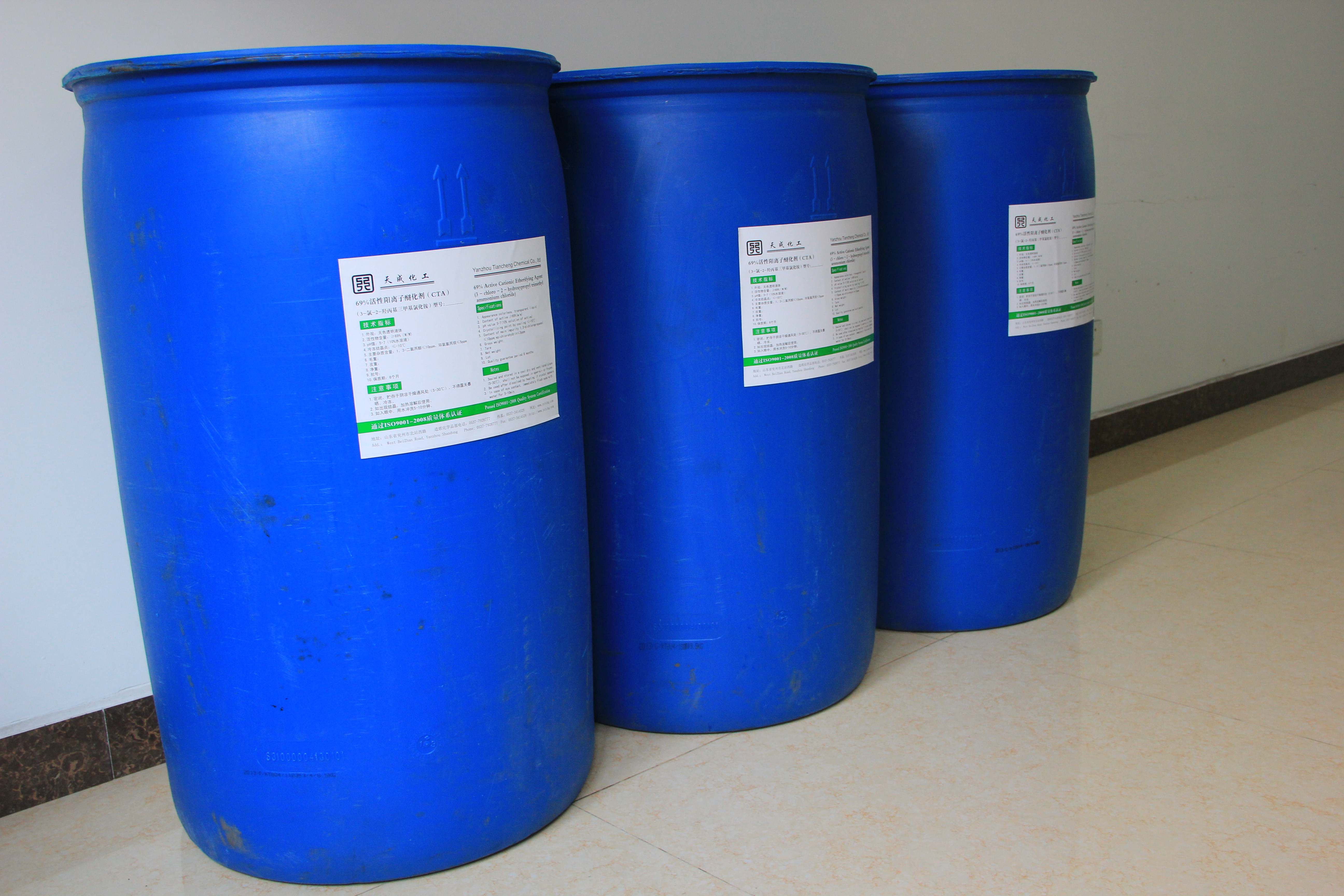Release date: 2016-06-07
Design competitions are always a great opportunity for the most innovative concepts or ideas to emerge. The Luxexcel Innovation Application Award, established by Luxexcel, the Dutch optical 3D printing company, is no exception. As one of the winners of the competition, Leroy Huikeshoven, an industrial design student from India, brought us the Vasu malaria test device, which is actually a special 3D printed smartphone case, which also uses microfluidic control. The principle is combined with an app to diagnose malaria in the patient's blood.
Vasu is a bright meaning in Hindi. In India, it is increasingly difficult to fight back malaria because malaria parasites have developed resistance to commonly used drugs. More importantly, the diagnosis of the condition is quite old and often takes several days to get results. And some relatively convenient pocket tests, but can not detect what parasite species caused the disease. These problems are often difficult to solve due to some practical obstacles, even if some studies show that if you invest in malaria control in India, every rupee will often bring about an economic dividend of nearly 20 rupees.
Vasu has the potential to solve these problems because it was designed specifically for India. Its first 3D printed prototype can be used on the Huawei Ascend P6 smartphone and combined with the microfluidic principle, it is cheap and easy to use. According to Huikshoven, this clever system can quickly quantify the amount of malaria parasites in patients for easy and accurate treatment.
So how does it work? By examining samples collected on 3D printed disposable chips, Vasu has the ability to diagnose two forms of malaria parasites (P. vivax and Plasmodium falciparum) in patients. Using the microfluidic principle, blood is mixed with an antigen and placed in a chip for analysis. Through an App, the flash on the smartphone will then illuminate the blood and immediately analyze the acquired image. The doctor can use this to determine the exact amount of drug needed to destroy the parasite, and the entire process takes only a few minutes.
This makes it a truly revolutionary product, all you need is a smartphone, and the rest is done in 3D printing. This makes it very suitable for the realities of developing countries, knowing that in today's world, smartphones are everywhere, and the performance of their built-in cameras has been constantly improving, which makes it an excellent one. Diagnostic tools. In fact, the same idea can be used for the diagnosis of other blood diseases.
It is understood that the Vasu device was awarded the Luxexcel Innovative Application Student Award in 2015, and this is part of the Huishoven Bachelor Program. Although he does not have a professional background in medical product design, he explains that he was inspired by a paper he stumbled upon. “This paper describes a concept that is very similar to Vasu, but still in a laboratory. I made this concept a truly viable and usable product,†he said.
But all this may not happen without Luxexcel's Printoptical technology, because other types of 3D printing techniques are not suitable for printing microfluidic structures. Luxexcel was originally known for its Printoptical 3D printing technology that creates highly accurate, smooth, transparent optical components.
It is reported that the chips and lenses on Vasu are printed in 3D with PMMA material. "The biggest benefit of using Printoptical technology is the iterative prototyping and concept iteration in the development of microfluidic devices for medical products. Medical devices need to be absolutely safe to operate, for which intensive testing is required," Huikeshoven said. He believes that Luxexcel will be an important player in the microfluidic device market.
However, Huikeshoven has not completed testing of the Vasu device, and he plans to continue developing it into a commercially viable product in the near future.
Source: Tiangongshe
I. Company profile
Tiancheng Chemical Co., Ltd. is a collectivized high-tech multi-function fine chemical enterprise, integrated with science, industry, trade and research, which is mainly engaged in paper chemicals, Water Treatment Chemicals, rubber and plastic chemicals, agricultural pharmaceutical intermediates, basic chemical materials, food additives, detergent additives and electronic chemicals.
II. Technical indicators:
|
Appearance |
Colorless and transparent liquid |
|
Content |
60% |
|
pH value |
4-5.5 |
|
Viscosity (25℃), mPa·s |
≤20 |
III. Application fields:
1. In the filed of cosmetics, detergents, wool detergents: With the continuous improvement of people`s living standards, the demand for cosmetics, washing products and cleaning products is continuously increasing. As a monomer, the surfactant is applied to many fields, but also use with non-ion preparations jointly, with the function of penetration, humidification, washing and electrostatic elimination, providing help and support for improvement of people`s life and quality of life.
2. In the field of electronic chemicals: the surfactant can be used in cleaning preparations of the electronic products, with the function of washing and electrostatic elimination.
IV. Notes:
1. Storage condition: This product is stored in a cool and dry place (5-30 ℃) to prevent open-air exposure and freezing.
2. If the product storage temperature is below -15 ℃, there will be crystalline polamer. Before using, please heat and stir evenly, not affecting the product quality.
3. The product is slightly acidic. If it is accidentally into the eyes, please wash with water immediately.
V. Packing specification
250 kg plastic drum; IBC tons of barrel; Flexitank.

Surface Active Agent Tc-1000,Surface Active Agent,Surface Active Agent For Electronic Chemicals
Shandong Tiancheng Chemical Co., Ltd. , https://www.tianchengchemical.com